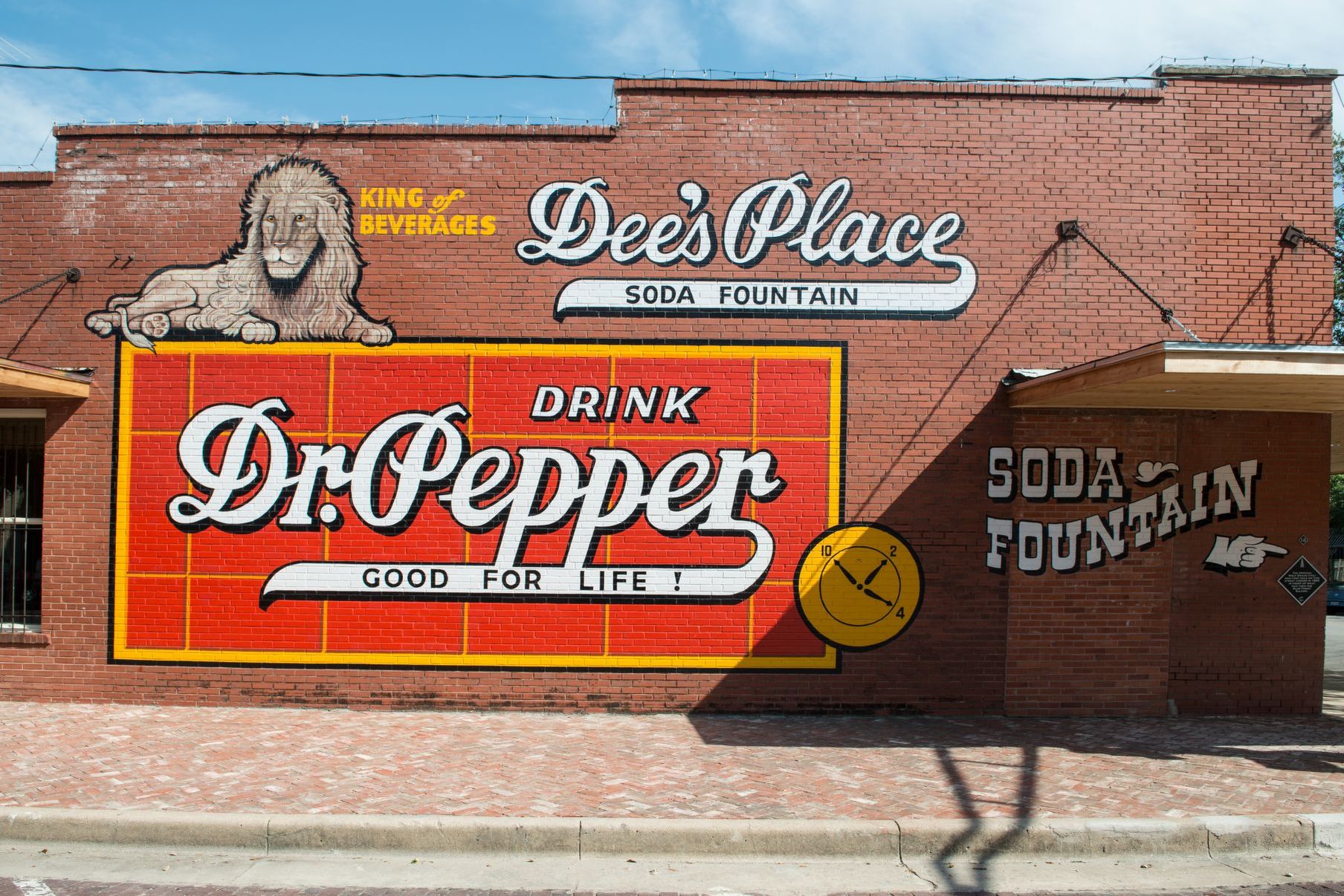A sequence of events that occurred at around this time … conspired to render me susceptible to the unsolicited arrival one late afternoon of a large, brightly illustrated brochure entitled “Winter Sun.” Its cover displayed a row of palm trees, many of them growing at an angle, on a sandy beach fringed by a turquoise sea, set against a backdrop of hills where I imagined there to be waterfalls and relief from the heat in the shade of sweet-smelling fruit trees. The photographs reminded me of the paintings of Tahiti that William Hodges had brought back from his journey with Captain Cook, showing a tropical lagoon in soft evening light, where smiling local girls cavorted carefree (and barefoot) through luxuriant foliage—images that had provoked wonder and longing when Hodges had first exhibited them at the Royal Academy in London in the sharp winter of 1776, and that continued to provide a model for subsequent depictions of tropical idylls, including those in the pages of “Winter Sun.”
Those responsible for the brochure had darkly intuited how easily their audience might be turned into prey by photographs whose power insulted the intelligence and contravened any notions of free will: overexposed photographs of palm trees, clear skies and white beaches. Readers who would have been capable of skepticism and prudence in other areas of their lives reverted, in contact with these elements, to a primordial innocence and optimism. The longing provoked by the brochure was an example, at once touching and bathetic, of how projects (and even whole lives) might be influenced by the simplest and most unexamined images of happiness; of how a lengthy and ruinously expensive journey might be set into motion by nothing more than the sight of a photograph of a palm tree gently inclining in a tropical breeze.
I resolved to travel to the island of Barbados.
—Alain de Botton
The Art of Travel
2004

